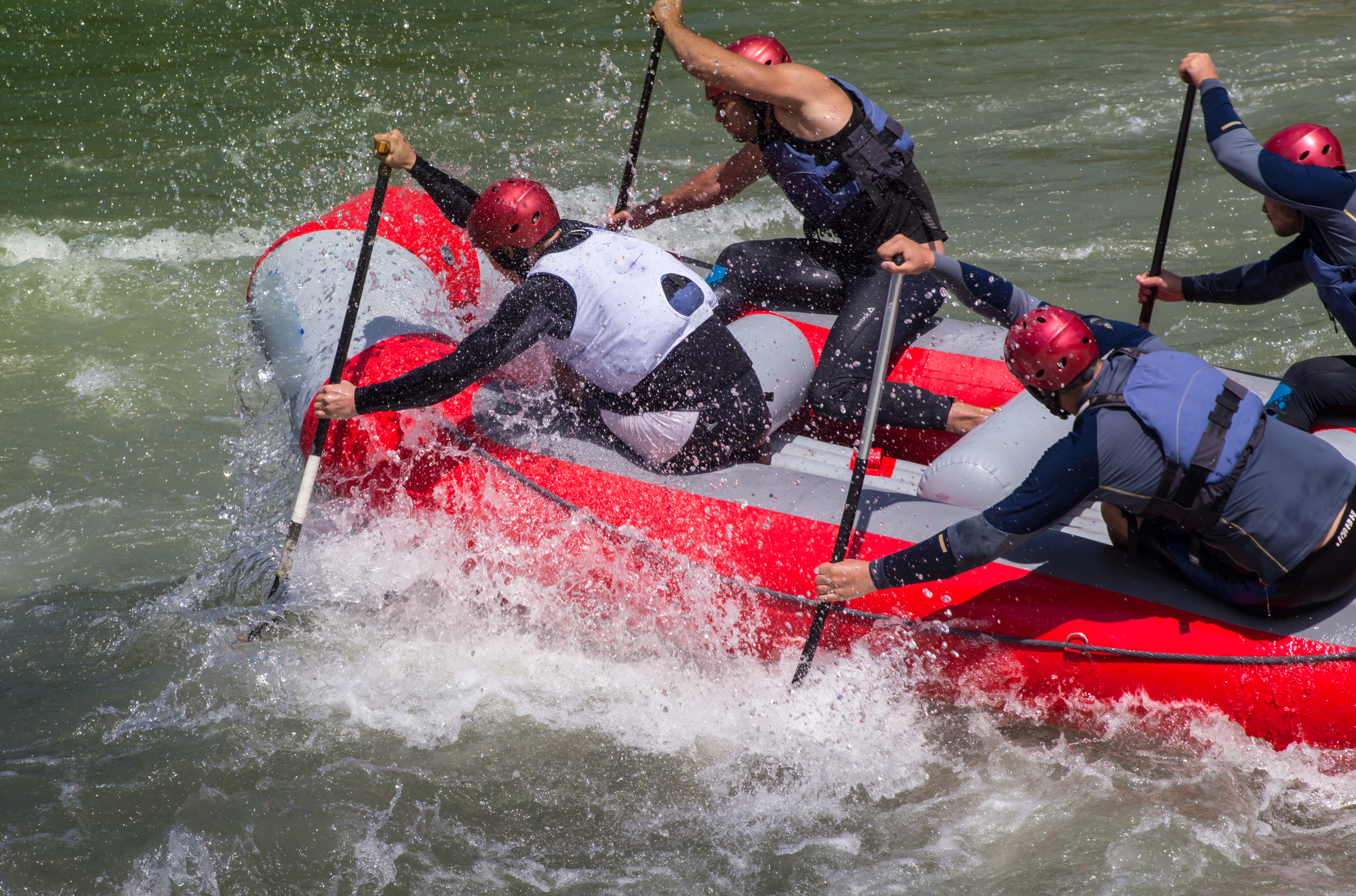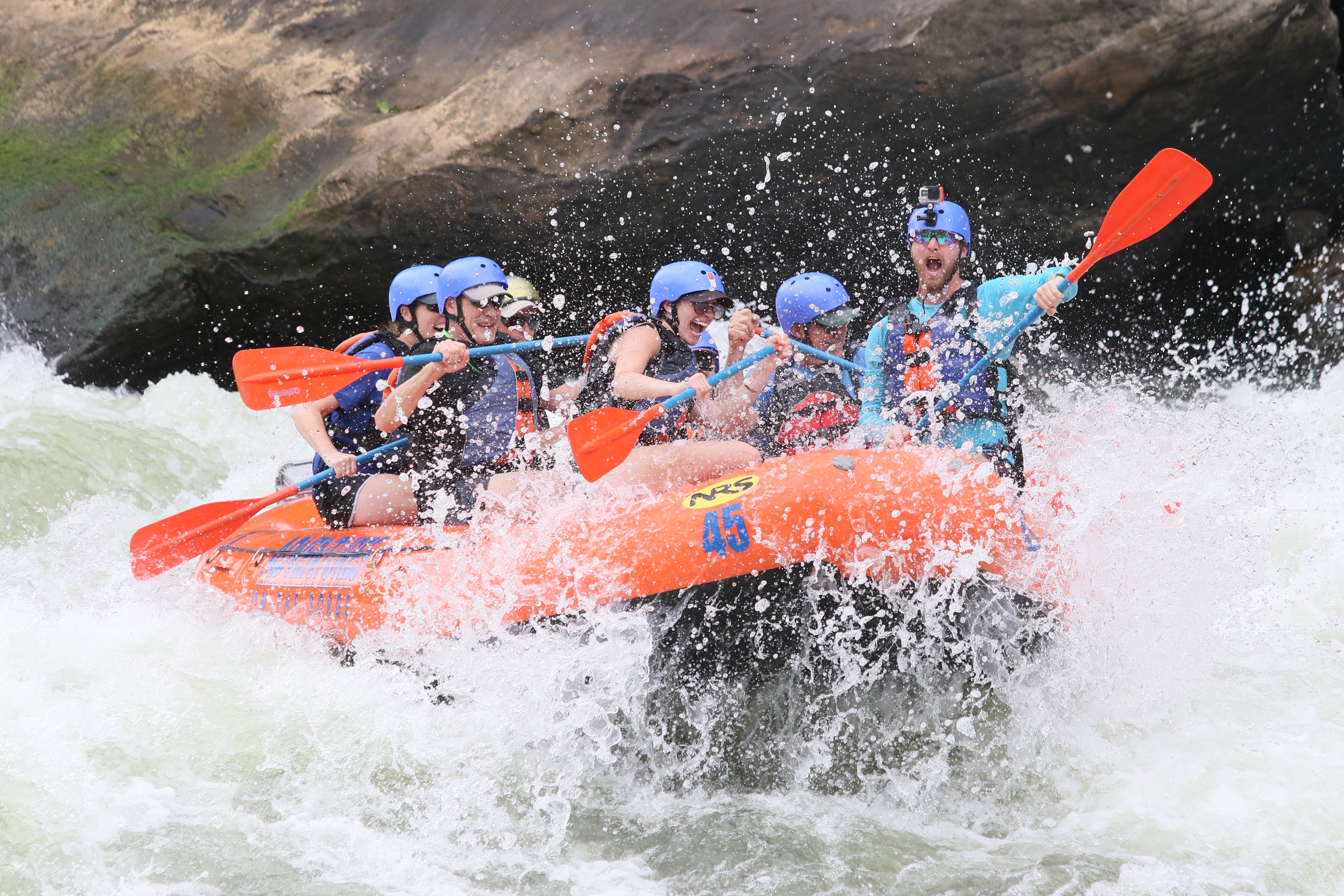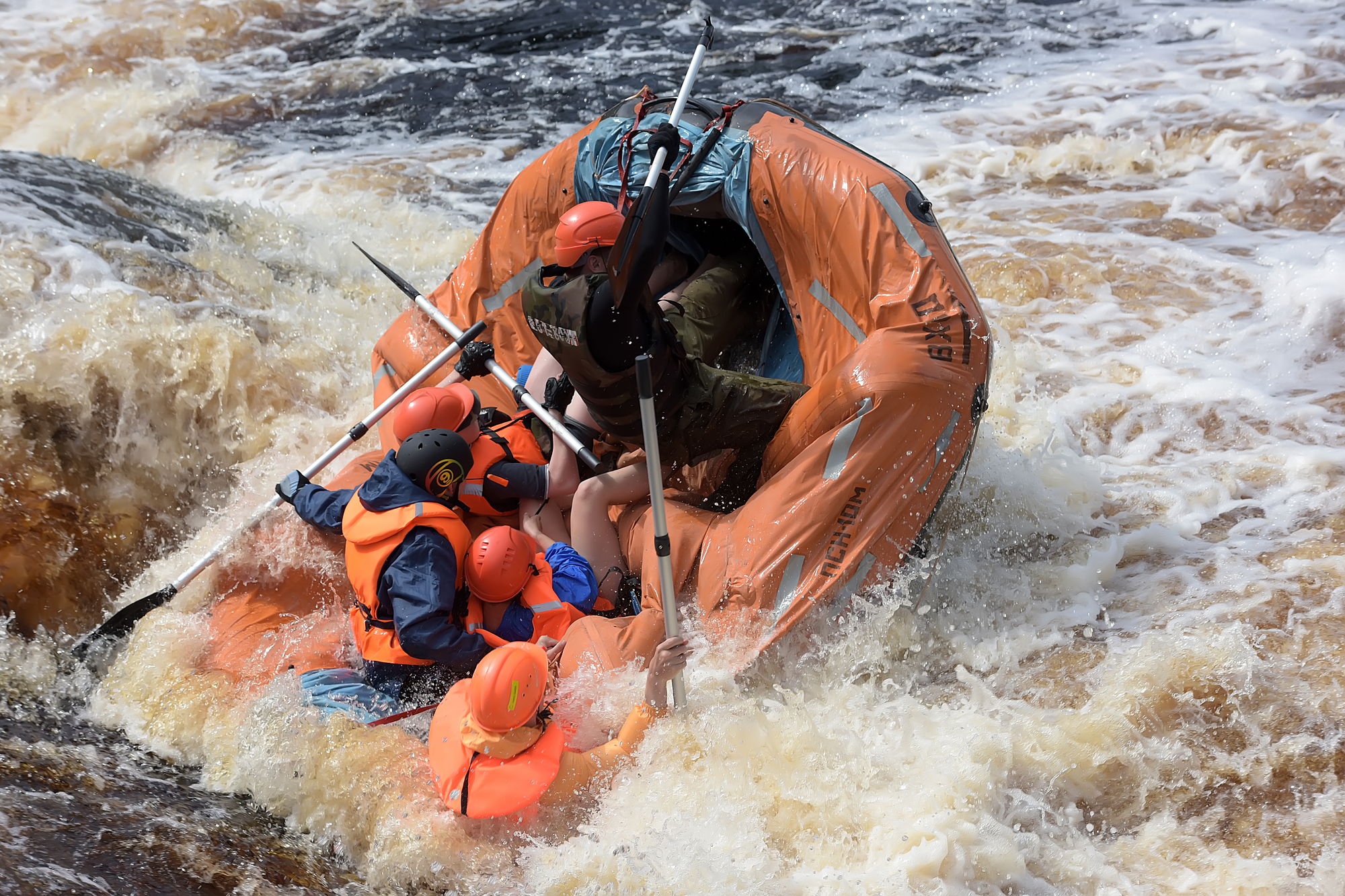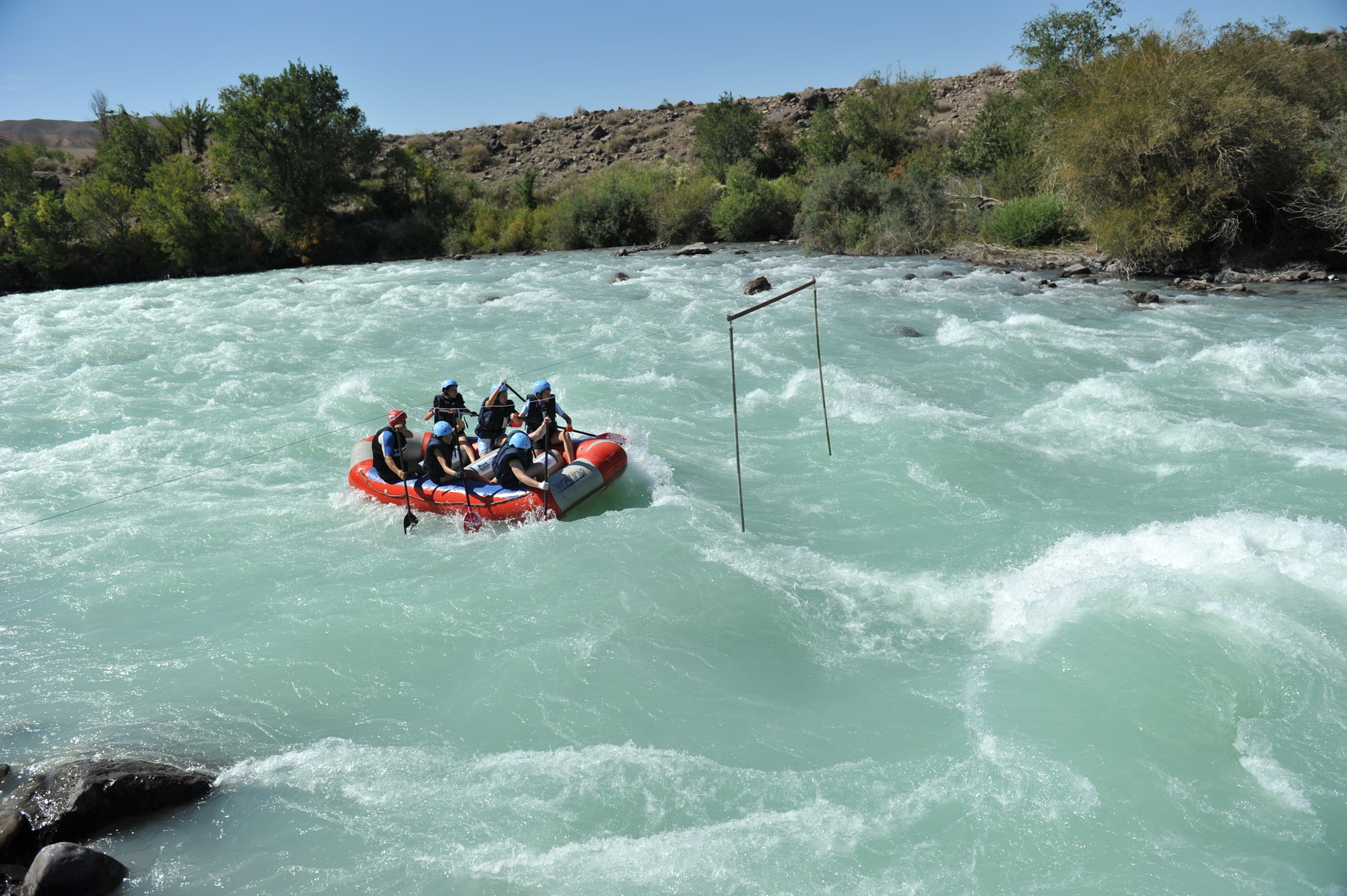Whitewater rafting is one of the most exhilarating outdoor activities there is. But it's not a new phenomenon by any means-- people have been navigating rapids for centuries!
Today, whitewater rafting is enjoyed by people of all ages and experience levels. Whether you're a beginner or an experienced rafter, there's nothing quite like the thrill of tackling a Class V rapid!
Let's explore the history of whitewater rafting, from its humble beginnings to the modern-day adventure it is today.
Where Did Whitewater Rafting Originate?
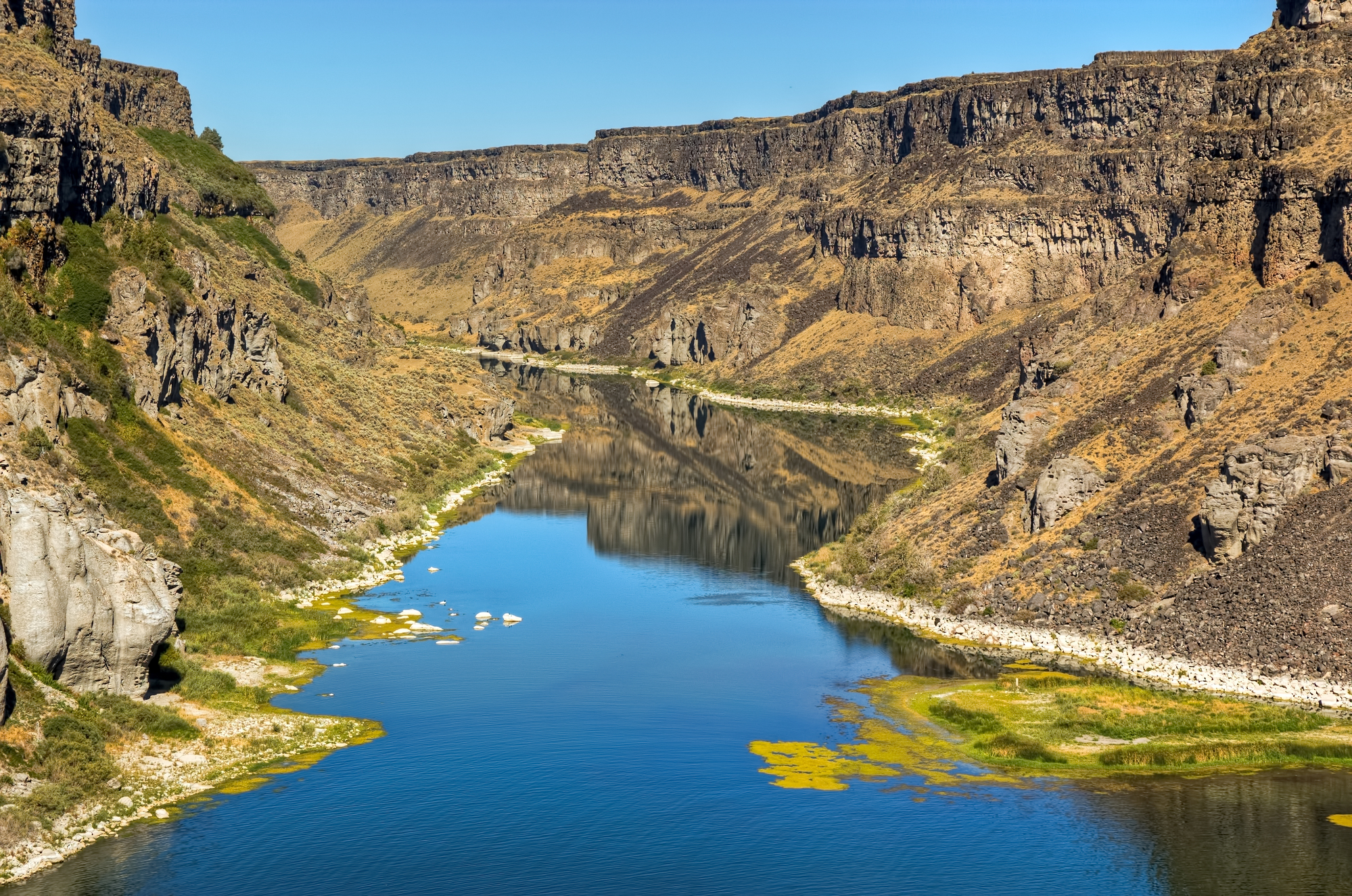
Snake River Canyon, Idaho
The roots of whitewater rafting can be traced to ancient times. Rafts were originally designed as a way to transport people and things downriver. They are sturdy and can carry a lot of weight.
The Columbia and Snake rivers were major sites for fishing for early tribes that lived in Oregon and Idaho.
They used boats to navigate the white water of the Columbia River and Snake River for food.
The source of the Colorado and Columbia rivers is the Rocky Mountains.
The water that flows down the mountain becomes stronger as it joins with other streams and rivers. This makes the current harder to navigate.
This was especially true before dams were first built.
The Nez Perce people made boats that allowed them to travel the Snake River. These early water vessels were quite distinct from today's rubber rafts.
The Nez Perce gave explorers Lewis and Clark boats so they could travel down the river across the western United States. This journey happened from 1804 to 1806.
The History of Rubber Rafts
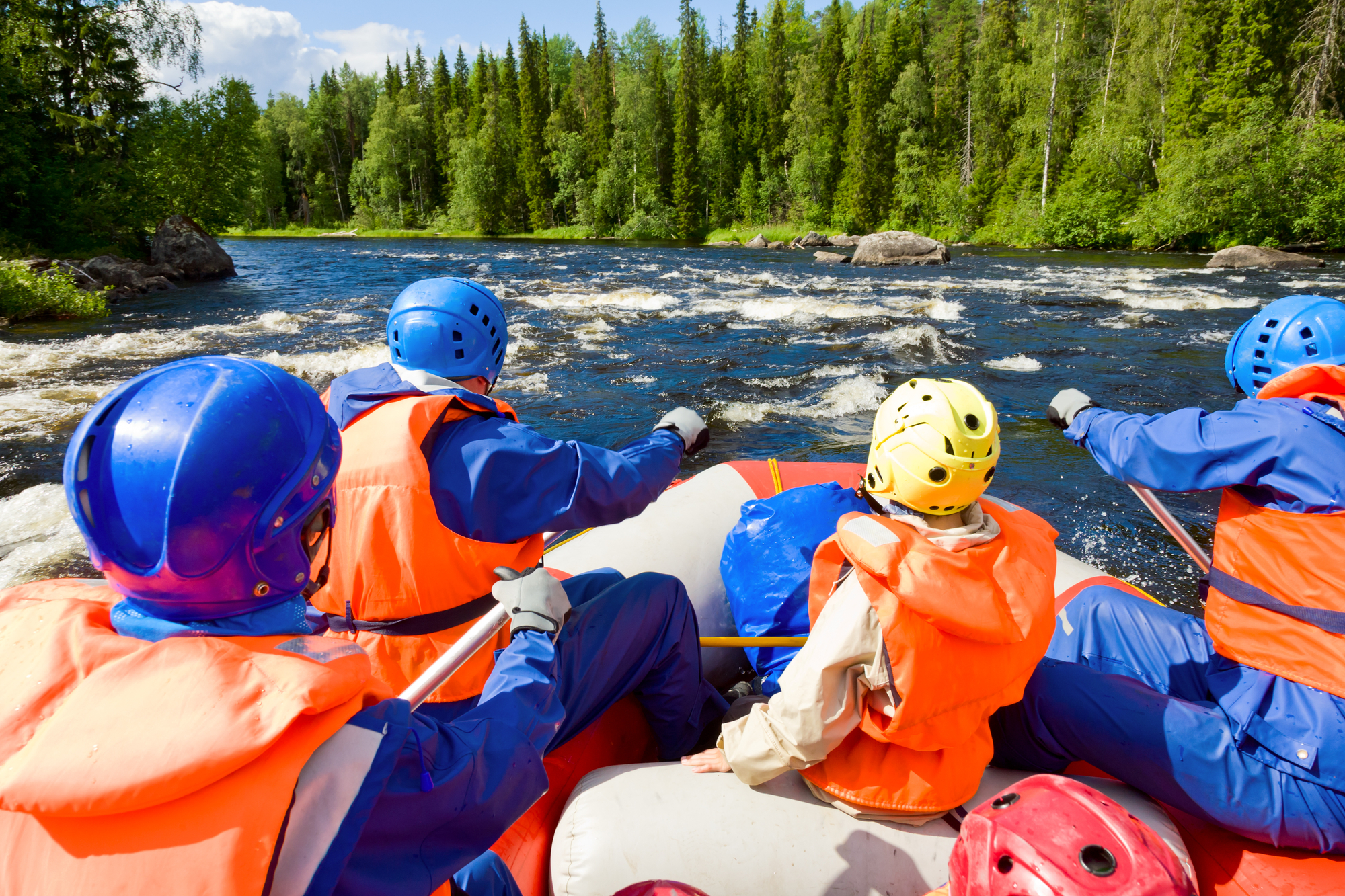
Rubber rafts hold a special place in the history of whitewater rafting. They were first crafted in the 1800s when Lieutenant John Fremont enlisted the skills of Horace Day to build the first rubber raft.
At this time, however, the first rubber raft was used to travel down the Platte River (the same river that runs through downtown Denver in 1842 and 1843).
People in the 1840s developed this invention further in Britain and America. It allowed people to explore the rough rivers of the North Eastern United States.
With time, the various types of canoes invented were continuously improved upon.
They would continue to be utilized for exploration for many years, and the craftsmanship and safety would improve with time.
The Development of Whitewater Rafting as a Sport
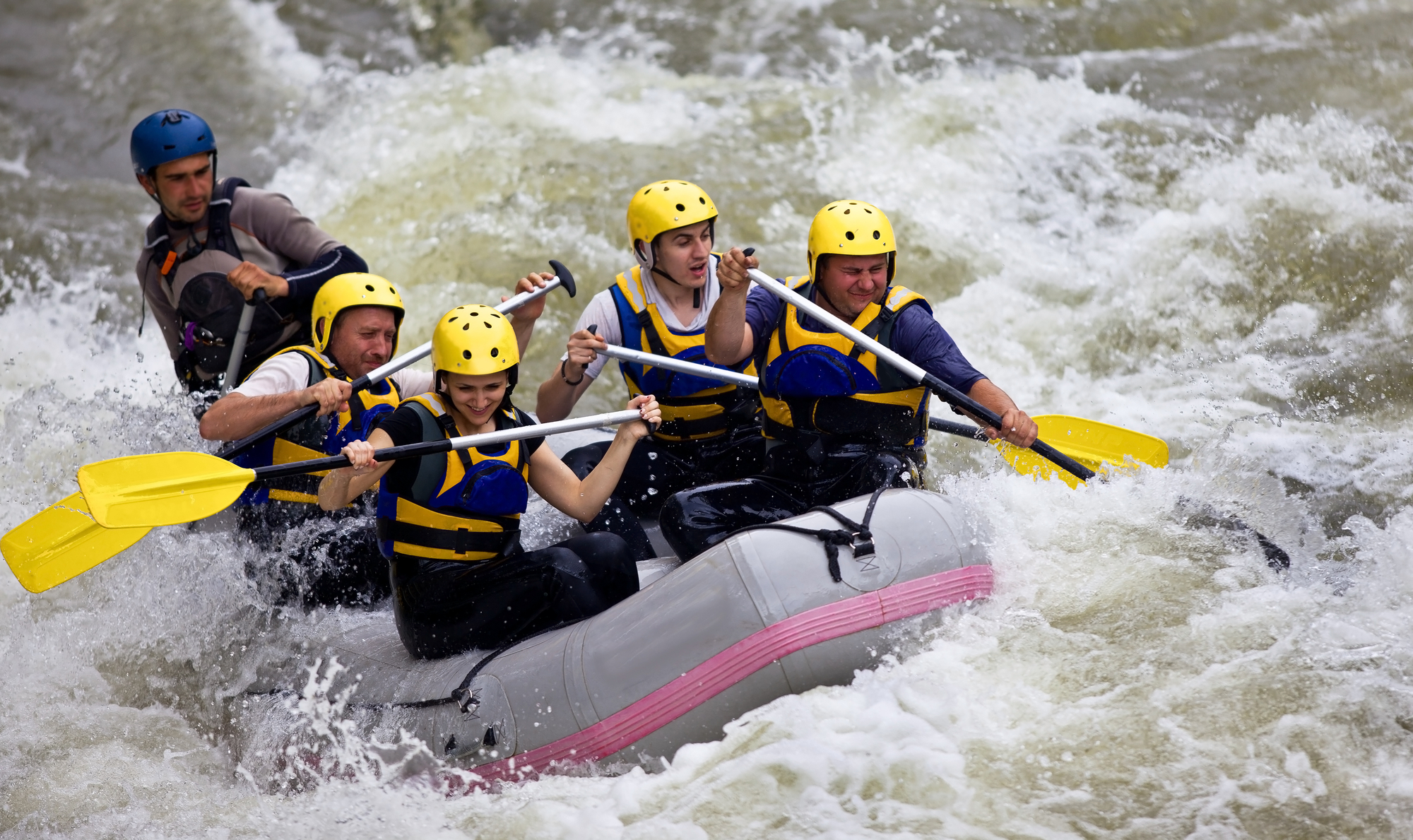
Recreational rafting first started in the early 1900s.
However, there is a dispute about Clyde Smith's June 1940 voyage through Snake River Canyon. A second claim says that a journey took place in June 1940 on the Salmon River.
Then, in the 1950s, John D. Rockefeller opened a resort hotel in Grand Teton National Park that offered float trips.
The resort made 8-foot-wide, 27-foot-long inflatable rafts for the occasion. Around 500 people went on the first commercial trip.
From a money standpoint, the attraction was deemed a failure. However, this led to a growing interest in whitewater rafting, which has led to the sport continuing to develop as a commercial attraction.
Whitewater Rafting's Rise in Popularity
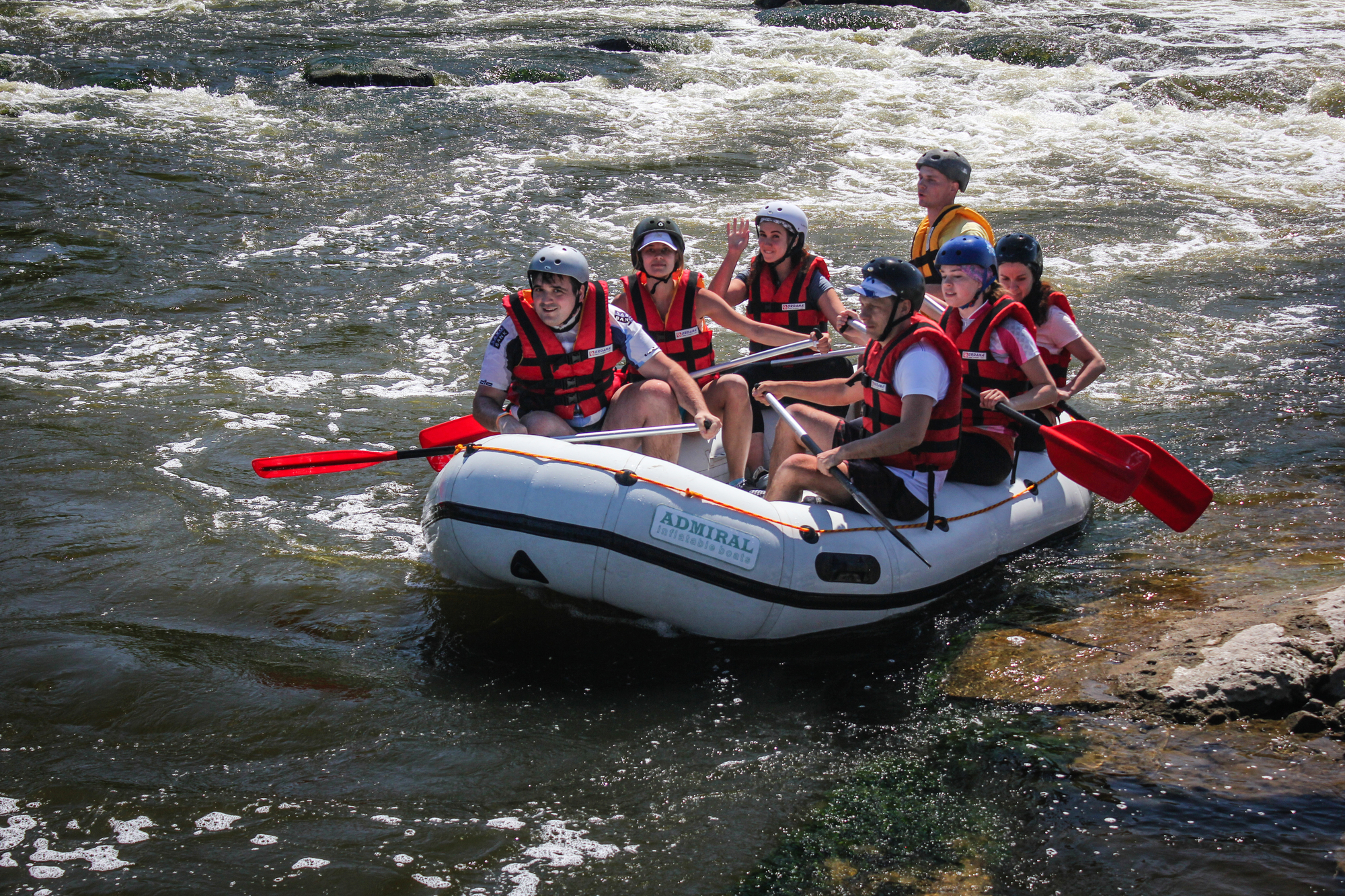
The following decade saw a significant increase in the popularity of whitewater rafting.
This was mainly due to developing new and improved rubber rafts that were better equipped to handle river conditions.
With these advancements in technology, longer and more difficult expeditions became possible. This increased the public's interest in the sport.
But it wasn't until the 1972 Munich Olympics that whitewater rafting was genuinely thrust into the spotlight.
After seeing rafting demonstrated as a sport, people became interested in trying it themselves.
In the years that followed, commercial rafting businesses began popping up all over the globe.
And today, whitewater rafting is enjoyed by millions of people around the world every year!
Whitewater Rafting in Present Day
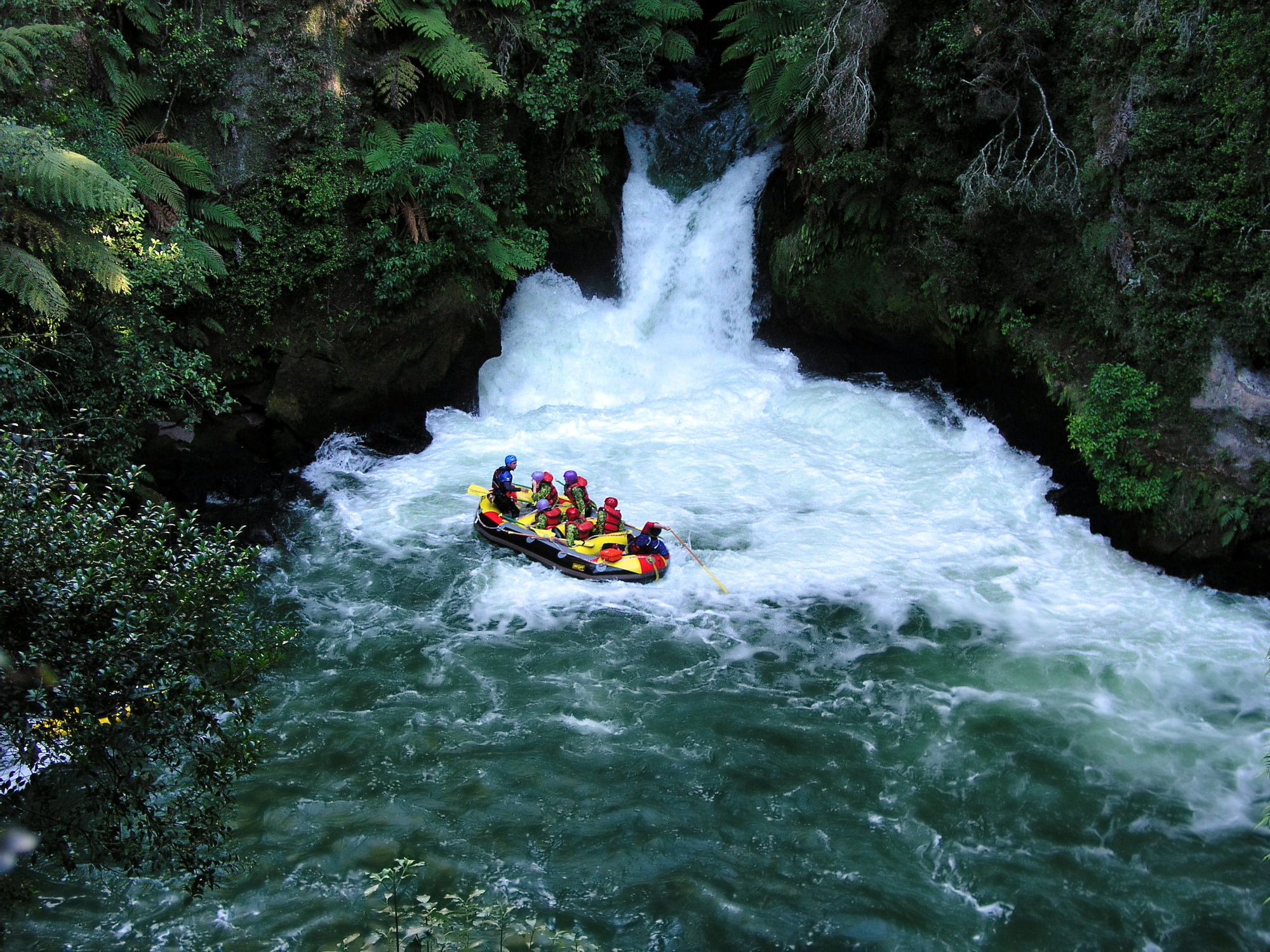
The 1990s saw the development of self-bailing rafts. These rafts had improvements, including precisely-placed holes that let out any excess water.
The invention of other safety equipment like helmets, lifejackets and lightweight paddles has also made the activity more popular.
Rafting companies have also worked to create a more safe environment. They have done this by training their guides and modifying the routes they take their guests on.
All these factors have contributed to the growing popularity of whitewater rafting!
The International Rafting Federation was created in 1997, which led to the World Rafting Championship.
The World Rafting Federation was founded in order to help make rafting a more popular activity and a professional sport. The ultimate goal is for rafting to become an Olympic-level sport.
The competitive level comprises four separate branches: Sprint, Head-to-Head (h2h), Slalom, and Downriver.
Conclusion
Whitewater rafting is a sport with a long and rich history. It has provided people with a way to explore the world and discover new places.
And as the sport continues to grow in popularity, we can only imagine what new adventures await us on the water.
Have you ever been whitewater rafting? What was your experience like? Let us know in the comments below!
Happy adventuring!

